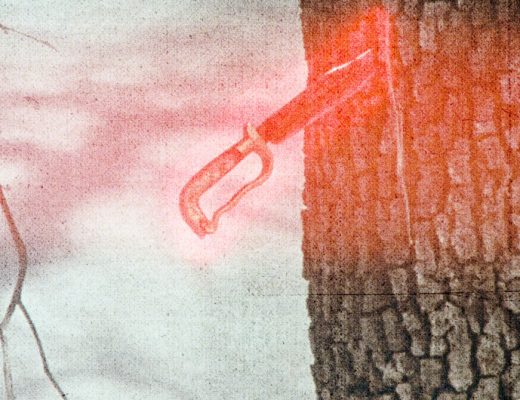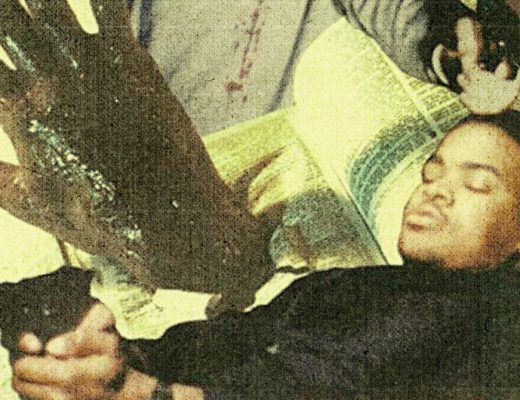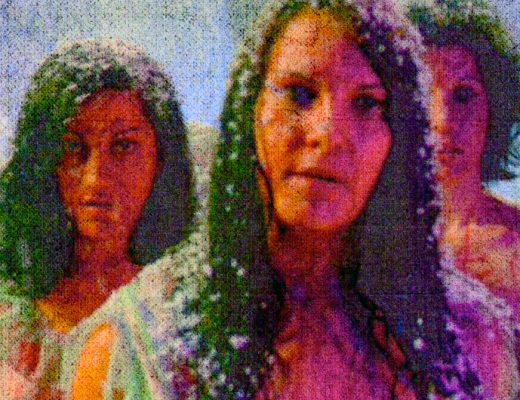If you have a problem with slow movies, romance, or gorillas, this article is not for you.
Before Robert Smith discovered eyeliner and The Crow became a beacon for suburban teen angst, the term “goth” had a very different meaning. In the 18th century, authors like Ann Radcliffe and Mary Shelley established the foundation of gothic fiction. These stories had a light supernatural touch, a heavy dose of death, and more drama than season 2 of Beverly Hills 90210. The first line of Radcliffe’s The Romance of the Forest from 1791 says it all:
“When once sordid interest seizes on the heart, it freezes up the source of every warm and liberal feeling; it is an enemy alike to virtue and to taste — this it perverts, and that it annihilates.”
Evocative and emotionally complex, it’s easy to see how writing like this could make an impact on people who connect with a quieter, spookier side of life. These words act as a gateway to both introspection and shrugging off inhibitions, feelings that are universal and easily adaptable. So it’s no surprise that the roots of gothic fiction led to the birth of gothic cinema, which is a format that feels like it was invented just so that we could see Max Schreck launch a million nightmares as the disquieting Count Orlok in F.W. Murnau’s Nosferatu.
From James Whale’s Bride of Frankenstein to Guillermo del Toro’s Crimson Peak, gothic horror films have always been dependable for providing a lush, ghostly backdrop for ruminations on love and death. They’re comforting and thrilling, allowing us to escape to a dreamland filled with sinister elegance and unchecked emotions. Gothic horrors utilize an aesthetic sense that’s unique to this subset of films. Watching Barbara Steele creep through a castle in The Horrible Dr. Hichcock is a totally different experience than seeing someone’s head get sawed in half in a slasher like Bloody Moon. Both are essential experiences, but it’s undeniable that the sensitivity of gothic horror movies resonates in a deeper way.
As with every cultural milestone, the influence of gothic horror crept out of the mainstream and into the fringes. And like everything from William Lee’s Treasure of the Ninja to La Luz’s Damp Face EP, work from the fringes is what inspires me the most. Low budget gothic horror movies are the meeting point on a Venn diagram between the melodrama of a Douglas Sirk movie, the production values of an episode of Dark Shadows, and the pulpy charm of Charlton’s Haunted Love comic books. I can’t get enough of them. Especially when they’re shot in stunning black and white.
Below is a chronological celebration of low budget grayscale gothics that fill my heart with cobwebby joy. You don’t need to listen to Siouxsie and The Banshees’s Juju LP while you’re reading this. But it wouldn’t hurt.
The Fall of the House of Usher (Curtis Harrington, 1942)
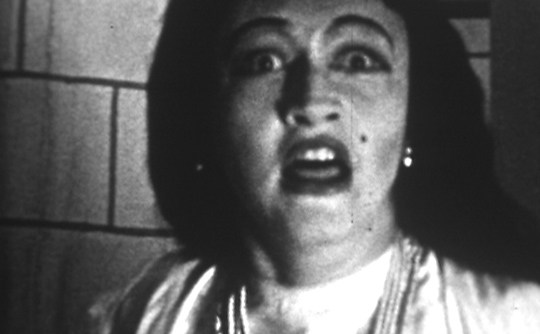
All hail Curtis Harrington. A trailblazer of New Queer Cinema who deserves more recognition for his emotionally complex psychodramas (Night Tide, Ruby), Harrington made his filmmaking debut at age 14 with this adaptation of Edgar Allan Poe’s short story, in which he plays dual roles as haunted siblings Roderick and Madeline Usher. Though it only runs ten minutes, Usher has enough unearthly charm to fill ten Ray Russell novels. I love the candelabras glowing in the night, lightning effects that appear to have been created with construction paper, and the adorable moment where an intertitle reads: “Roderick, you look very much like your sister!” Usher is silent, so I watched it while listening to a bootleg LP of the El Vampiro soundtrack. For ten minutes, everything was right in the world.
Mahal (Kamal Amrohi, 1949)
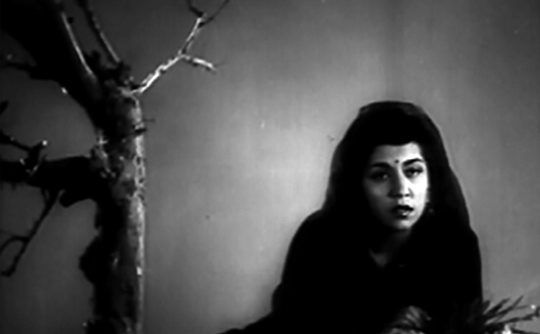
If I was being haunted by a ghost who only wanted to serenade me with pop songs for all eternity, I’d be on board. Mahal is considered to be one of the first supernatural horror movies ever made in India. And while it lacks the outrageousness that the Western world would come to associate with low budget Indian movies like Son of Dracula from the latter half of the twentieth century, there’s no lack of drama, sinister shadows, or bats on strings. This is essentially a complex reincarnation romance that wallows in minimalist spooks, as a new home owner is tormented by the spirit of a woman who only wishes to sing him songs . . . until she wants more (“I am not a hallucination — I am reality!”). Mahal is almost as long as Midsommar. And that, combined with the frequent songs, can make this a challenging watch. But for those willing to take the plunge, this is an edifying insight to Indian culture within the context of Universal’s first horror cycle. It also features a giant killer snake.
The Daughter of Dr. Jekyll (Edgar Ulmer, 1957)

During the opening minutes of this movie, a narrator says, “We all remember Robert Louis Stevenson’s immortal story of how a strange experiment transformed a benevolent doctor into Mr. Hyde — a human werewolf!” Sure, why not! Janet Jekyll and her fiancé visit Dr. Lomas, the caretaker of the Jekyll estate. But it’s only a matter of time before the castle halls are alive with werewolves, gaslighting, and bloody bedspreads. Filmmaker Edgar Ulmer could transform a trip to CVS into a dreamy wonderland. So it’s no surprise that with Daughter of Dr. Jekyll, he does for horror what he did for film noir in Detour. Utilizing a wild script, synthetic graveyard sets, and noir-ish shadows as a foundation, Ulmer sculpts an anomaly of 1950s horror; a movie that would feel much more at home on a double feature with Maya Deren’s Meshes of the Afternoon than The House of Frankenstein. While the dream-like feel is prevalent throughout, nowhere is it more intoxicating than during Janet’s actual dream sequences — they’re swirling vortexes of double exposures, fog, screams, and bared fangs. In other words, total paradise.
Night of the Ghouls (Edward D. Wood, Jr., 1959)
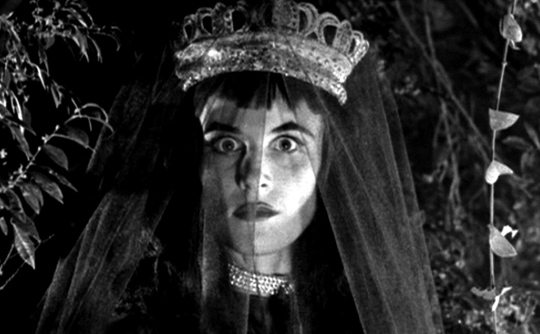
This is what happens when filmmaker-novelist-superhero Ed Wood (Plan 9 From Outer Space, Take It Out In Trade) filters his love of gothic horror through the spectres of several unfinished projects . . . and creates a triumph of lunatic filmmaking. A fake Swami named Dr. Acula is in love with the “White Ghost,” who is also his girlfriend. Together, they scheme old biddies out of their life savings by running a séance scam in which spirits from the dead play the trumpet. That is, until the real ghosts catch on. Starring faux-psychic Criswell and Swedish wrestling legend Tor Johnson as Lobo (his character from Wood’s earlier Bride of the Monster) this movie plays out like a greatest hits mixtape of everything that made Wood and his entourage of coffin-dwelling nutzoids unique. The eerie, moonlit sequences of ghosts floating across a swamp make me want to jump inside my television and never leave.
Tormented (Bert I. Gordon, 1960)
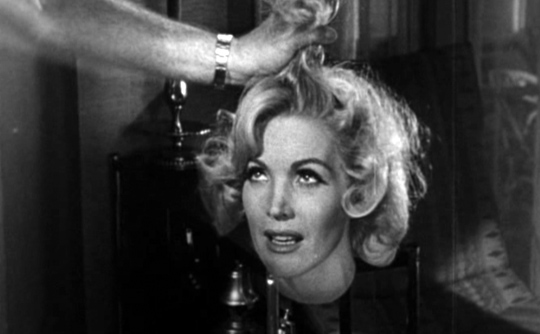
Nobody ever said that getting married was easy — especially if you’re being tortured by the severed head of your ex. Tom is a middle aged asshole who decides to leave his girlfriend Vi and marry a younger woman. But on the night of the break-up, Vi falls from the top of a lighthouse while Tom stands by and does nothing. So it’s only natural for Vi to spend the rest of her afterlife (and this movie) haunting Tom. Tormented is the ultimate beach-goth horror party. With its crashing waves, sand-swept shadows, and crude superimposition effects in the style of Georges Méliès, this movie is a joyously trashy exploration of guilt, anxiety, and haunted seaweed. This is easily the most compelling movie from director Bert I. Gordon, who spent the majority of his career making movies about giant men (War of the Colossal Beast), giant animals (The Food of the Gods), and giant personalities (Picture Mommy Dead). My favorite moment in Tormented is when bouquets of flowers melt during a wedding ceremony. It doesn’t get more goth than that.
Flaming Creatures (Jack Smith, 1963)
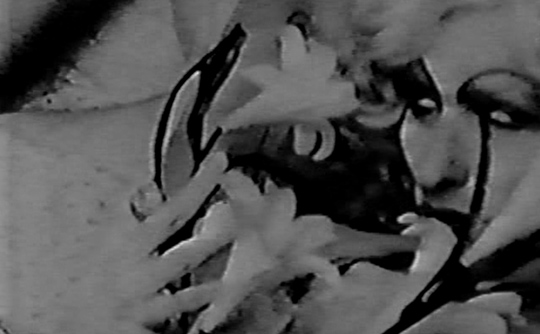
In an ideal ethereality, Flaming Creatures would play on a local TV horror host show every Friday night in every American city. Sexually ambiguous phantoms put on lipstick, flop around with breasts and cocks, and dance with a vampire wearing a Marilyn Monroe wig after they emerge from a coffin. There’s no beginning, middle, or end — this is simply a meditative presentation of gothic pageantry that takes place during a demon orgy. And it’s unlike anything else. Shot on the roof of the Windsor Theatre in the Bronx for $300, Flaming Creatures is one of the most influential and haunting underground films of all time. It feels like a Depeche Mode video directed by Kenneth Anger after watching John Waters’s Mondo Trasho, which makes the early 1960s production timeline even more impressive. Busted for obscenity many times over, this movie stands tall as a fearless declaration of individuality and experimentation. It also features the greatest use of Kitty Kallen’s “It Wasn’t God Who Made Honky Tonk Angels” that you’ll ever hear.
The Curse of the Living Corpse (Del Tenney, 1964)
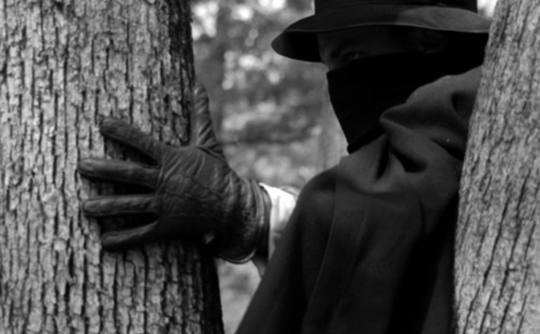
Made two years prior to the television debut of Dark Shadows, The Curse of the Living Corpse, is basically Dark Shadows: The Movie as envisioned by Andy Milligan with an actual film crew. Rufus Sinclair is dead . . . OR IS HE? To find out, Sinclair’s prickly children (including Roy “Jaws” Scheider and Candice “Carnival of Souls” Hilligoss) gather to hear the reading of his will and argue. If the kids don’t adhere to the strict orders outlined in the document, Sinclair has sworn to return from the grave and dish out bloody murder. Creeping out of Stamford, Connecticut thanks to director Del Tenney and writer-star Margot Hartman (the same team behind The Horror of Party Beach), Curse is a somber, funereal-paced mood piece that’s filled with Satanic woodwinds, barren graveyards, bubbling lust (“Have you forgotten our nights in the kitchen, bathing in desire under a full moon?”), camp hysterics, and decapitated heads. Clearly inspired by Roger Corman’s early Poe adaptations, this movie is much more visceral and disconnected from reality. It’s best watched after midnight, as consciousness slips away and dreams take over.
The Sweet Sound of Death (Javier Setó, 1965)
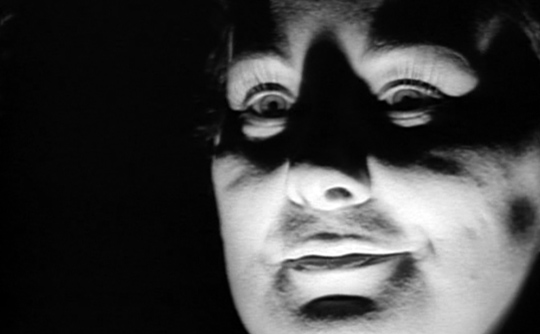
Dominique and her boyfriend Pablo are visiting a cemetery for fun. She says, “I’m attracted to death — it is kind and I like its peace.” If someone you’re dating says that, it’s either time to run for the hills or put a ring on it. If you’d choose the latter, you’ve come to the right place. The Sweet Sound of Death is the most relaxing movie about death that you’ll ever watch. It concerns the reappearance of a woman who was pronounced dead at the scene of a tragic accident — just like the earlier Carnival of Souls and the later Sole Survivor. Due to its low budget and anemic plot, Sweet never reaches the heights of sublime Euro-goths like The Awful Dr. Orloff. But that doesn’t make the floating, Fulci-esque photography or pulpy hauntings any less enjoyable — even when you’re half asleep. Also, the movie takes place in winter and you can see Dominique and Pablo’s breath when they’re hanging out in a castle. Always a nice touch.
Thundercrack! (Curt McDowell, 1975)
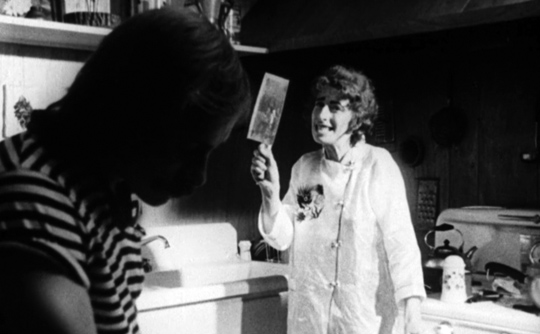
Underground actress Marion Eaton pukes into a toilet. Her wig falls in the bowl. She takes the wig out, puts it back on her head, and goes about her night. This scene is a perfect summation of what makes Thundercrack! so great. Directed by underground icon Curt McDowell and written by the immortal George Kuchar, this is the only 160-minute, XXX-rated, DIY horror soap opera that you’ll ever need to see. Thundercrack! uses the template of James Whale’s The Old Dark House as a jumping off point for the erosion of good taste, mental health, and sexual barriers. The movie is smothered in frequently hilarious dialogue (“What have you got against beatniks?”; “For one thing, their bongo drums!”), hardcore scenes that go on longer than anything in Ed Wood’s Necromania, and unexpected asides featuring machete attacks and blowjobs in the middle of important conversations. But no matter how far we step into the outer limits, McDowell keeps us grounded with a dedication to silent film era effects (those miniatures!) and gorgeously crude 16mm photography. This is a multilayered celebration of identity and sexual joy; it’s as touching as it is outrageous. Nowhere is this more apparent than the scene where George Kuchar gets a handjob from his true love, who is a gorilla.
Lilith’s Awakening (Monica Demes, 2016)
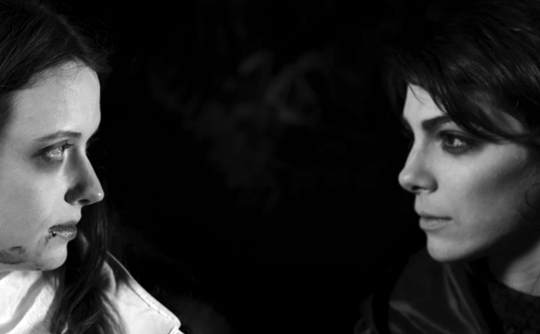
This movie proves that trailer parks in Iowa can be every bit as ominous as castles in Transylvania. Stuck in an unhappy marriage and unfulfilling job, Lucy deflects a sexual assault from a toxic ex-boyfriend, only to find him dead the following day. Subsequently, a mysterious woman named Lilith emerges from the forest to entice Lucy away from a life of repression . . . and onto something more sinister. Written and directed by experimental filmmaker Monica Demes, Lilith’s Awakening is a labyrinth-like exploration of emotional struggles that could be read as a queer awakening. While Demes clearly had limited resources, she was able to make the most of them; the movie is filled with striking compositions, homages to Dracula, and collage-like sound design. But the real crypt-kicker is Brazilian pop singer Barbara Eugenia as Lilith. Her presence — complete with a vampire cape and raccoon eyes makeup — is eerie and hypnotic, like a mall-goth variant on Nico from The Velvet Underground.


